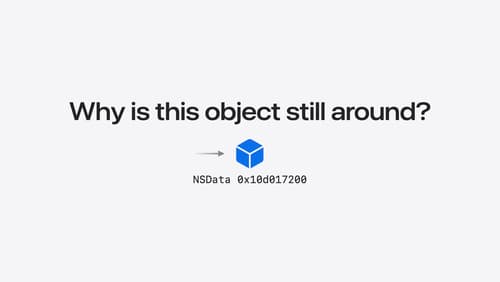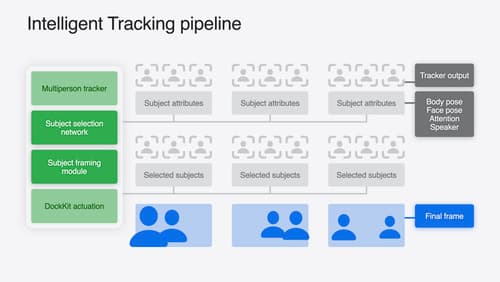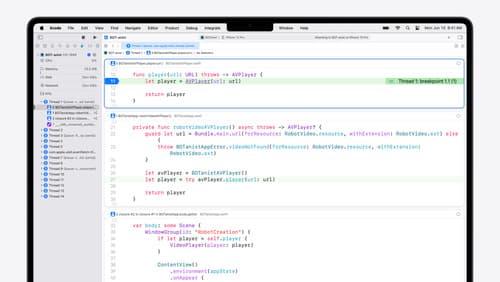How do I improve battery life.
Asked on 2024-07-31
1 search
To improve battery life, you can consider several strategies presented in various WWDC sessions:
-
Optimize Live Activity Updates:
- When developing for Apple Watch, ensure that your live activity updates are within the budget threshold similar to iOS. High-frequency updates should be requested only when necessary to conserve battery life. Additionally, adapt your live activity view for always-on display by using the
isluminance reducedenvironment value to reduce brightness and preserve readability. For more details, refer to the session Bring your Live Activity to Apple Watch.
- When developing for Apple Watch, ensure that your live activity updates are within the budget threshold similar to iOS. High-frequency updates should be requested only when necessary to conserve battery life. Additionally, adapt your live activity view for always-on display by using the
-
Monitor Accessory Battery:
- If you are developing apps that interact with accessories, use the new feature in DockKit to monitor the battery of your accessory. This allows you to implement custom behaviors and display relevant status messages to users, helping them manage battery usage more effectively. For more information, see the session What’s new in DockKit.
-
Heap Memory Management:
- Efficient memory management can indirectly improve battery life by reducing the CPU workload. Use tools like the Xcode memory graph debugger and instruments to measure and reduce heap memory usage. This can help in finding and fixing memory leaks, which in turn can lead to better battery performance. For a detailed guide, check out the session Analyze heap memory.
-
Optimize App Launch and Performance:
- Use Xcode's instruments to diagnose performance problems, such as excessive CPU usage during app launch. Reducing the time your app takes to launch and optimizing its performance can help in conserving battery life. For more insights, refer to the session What’s new in Xcode 16.
By following these strategies, you can help ensure that your app is optimized for better battery life on Apple devices.

Analyze heap memory
Dive into the basis for your app’s dynamic memory: the heap! Explore how to use Instruments and Xcode to measure, analyze, and fix common heap issues. We’ll also cover some techniques and best practices for diagnosing transient growth, persistent growth, and leaks in your app.

What’s new in DockKit
Discover how intelligent tracking in DockKit allows for smoother transitions between subjects. We will cover what intelligent tracking is, how it uses an ML model to select and track subjects, and how you can use it in your app.

What’s new in Xcode 16
Discover the latest productivity and performance improvements in Xcode 16. Learn about enhancements to code completion, diagnostics, and Xcode Previews. Find out more about updates in builds and explore improvements in debugging and Instruments.
